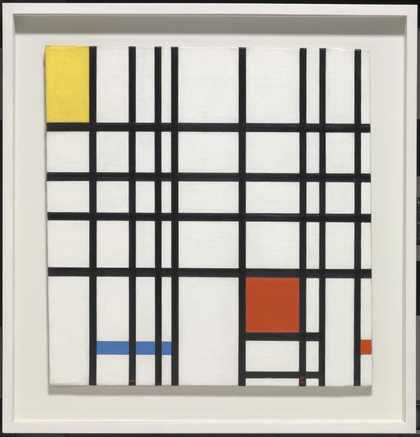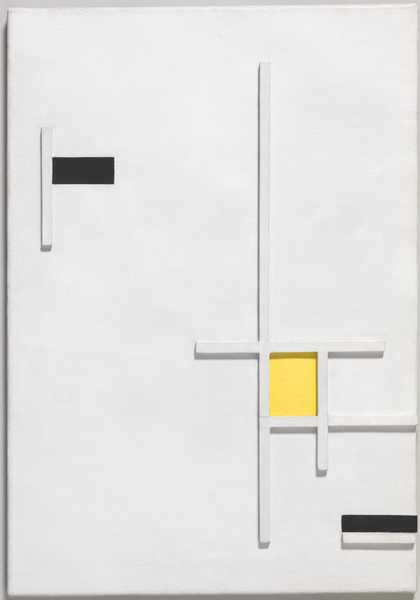
Marlow Moss
Composition in Yellow, Black and White (1949)
Tate
Who is Marlow Moss?
Marlow Moss is a British artist who was born in London in 1889. From an early age, Marlow Moss was very creative and curious about many different art forms, including music, ballet, writing, art and architecture! After studying at two art schools in London and one in Cornwall, Marlow Moss moved to France in 1927, and it was there that Marlow Moss really found a voice as one of Paris’s exciting, modern artists!
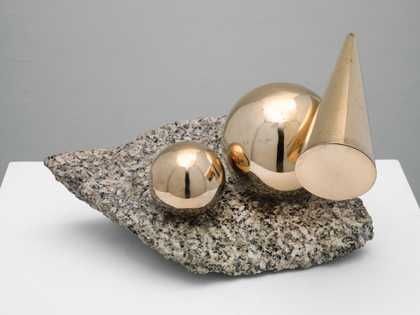
Marlow Moss
Balanced Forms in Gunmetal on Cornish Granite (1956–7)
Tate
What sort of art did Marlow Moss make?
Marlow Moss mostly made paintings and sculptures, like the beautiful bronze and granite one above. Marlow Moss was part of a group called ‘Abstraction-Création’ who didn’t try to make art look like ‘real’ people or objects. Marlow Moss enjoyed ideas that were harder to pin down.
Imagine trying to paint a feeling of excitement. Or electricity. Or the future! Everyone pictures these things differently in our heads, so you can’t always paint them in a straight-forward way. Marlow Moss loved maths, and used a lot of basic shapes, clean lines and blocks of colour to express the every-day world in an abstract style.
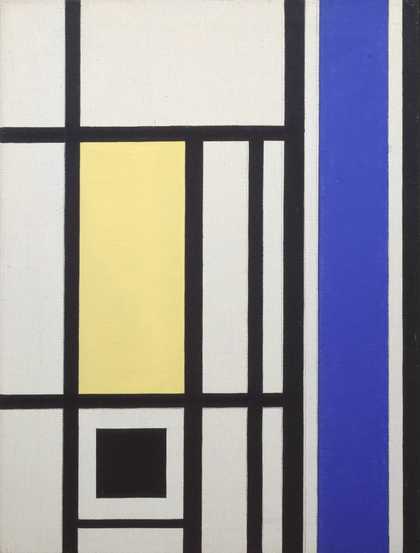
Marlow Moss
Untitled (White, Black, Blue and Yellow) (c.1954)
Lent by Hazel Rank-Broadley 2001
Hang on – but what are paintings full of squares actually about?
Loads of things! The universe. Humans. Machines. And nature! Marlow Moss was less interested in art that looked pretty, and more interested in exploring the shapes and movements that make up what seems real to us. Because when you think about it, maths, shapes and lines are everywhere in nature! From the patterns inside crystals or snowflakes, to a spider's web, or invisible sound waves.
Marlow Moss seems curious about whether humans are part of the natural world, or outside of it. Perhaps making patterns is something we have in common with nature - with crystals, spiders, and snowflakes! What do you think? Could making art be a good way to explore this question?
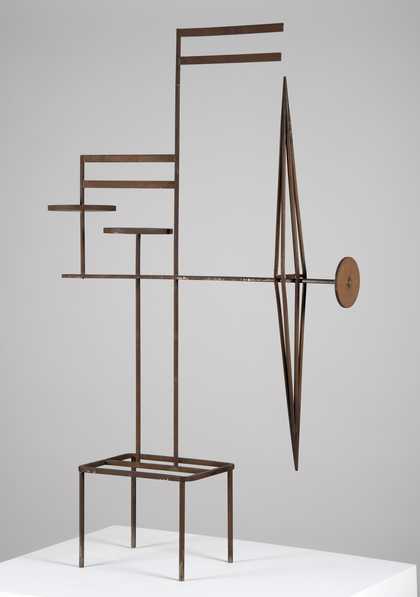
Marlow MossSpatial Construction in Steel 1956-8© Leeds Museums and Galleries, UK / Bridgeman Images
Sounds interesting - but why haven't I heard of Marlow Moss before now?
A good question. Marlow Moss did most major exhibitions in Paris, where this style of painting was more popular. Still, how does it happen that an important artist like Marlow Moss could be left out of British history?
War had a part to play, sadly. Marlow Moss was Jewish, and had to leave Paris for safety when the Second World War began. Marlow Moss left most of their art behind and it got destroyed. Today, some of the paintings that survived are confused with other artist’s work. Have a look at the two paintings below. One is by Marlow Moss, and one is by a friend called Piet Mondrian. Can you see the similarities? Can you see some differences, too?
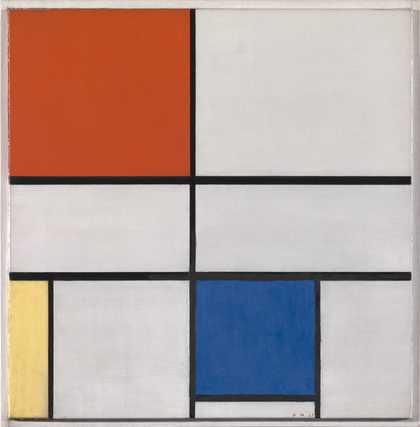
Piet MondrianComposition C (No. III) with Red, Yellow and Blue 1935 Tate, on loan from private collection since 1981
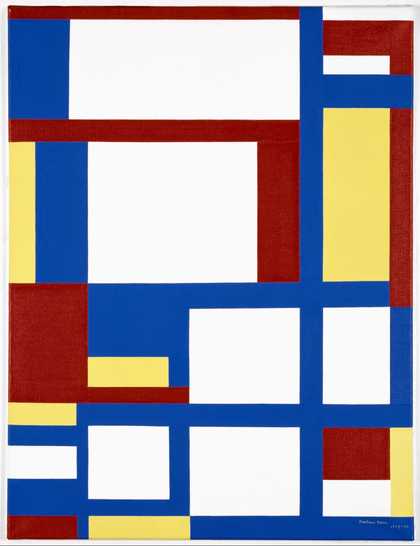
Marlow MossRed, Blue, Yellow and White 1957-58 © Stedelijk Museum, Amsterdam
After leaving Paris in 1940, the artist moved to Lamorna Cove in Cornwall. Even though Marlow was a kind neighbour (who bought every child in the village a Christmas present!) when Marlow wrote letters to other British artists in the area, they didn’t write back. Not even to have a cup of tea! Probably this was because Marlow really walked to the beat of their own drum. Painting art that didn’t look like anything else, wearing trousers and waistcoats (which back then, people thought were just for men) really made Marlow stand out of the crowd! Marlow had a unique identity and was not afraid of new ideas. Some people loved this, and others struggled with it, and this may have led them to treat Marlow unfairly.
Anything else I need to know?
Well, I’m guessing that after all this talk about modern dress and bold ideas, you’ll be dying to get a glimpse at what Marlow looked like! Drum roll, please…
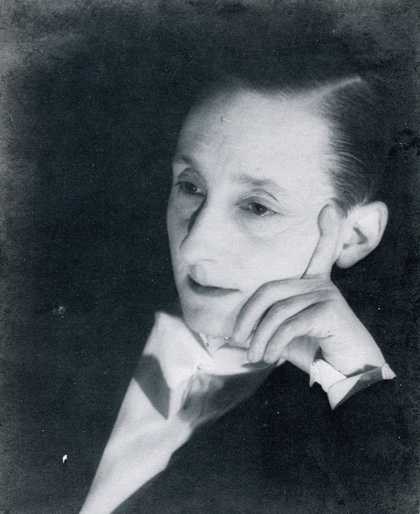
Marlow Moss, 1938, photograph Stephen Storm, private collection
Digital image Florette Dijkstra © reserved
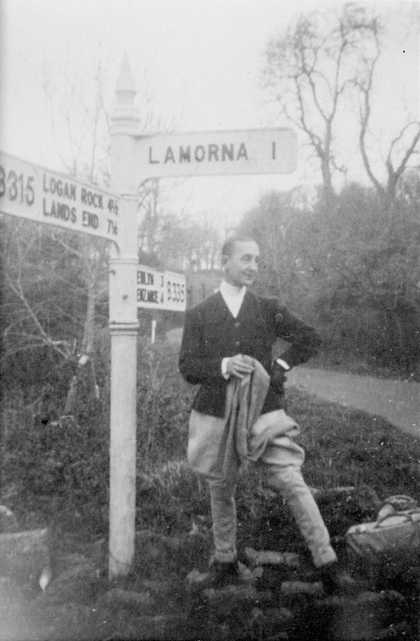
Digital image of a portrait of Marlow Moss, thought to have been taken by Stefan Nijhoff, A.K.A Stephen StormPrivate collectionImage courtesy of Florette Dijkstra
Ta-da! Can you imagine how brave you’d have to be to look this unique and dramatic in a small town, in the 1940s?
Next time you’re looking fresh in your favourite clothes, think of Marlow Moss – a very modern artist who looked dashing in a pair of riding trousers and a high-collared shirt!

